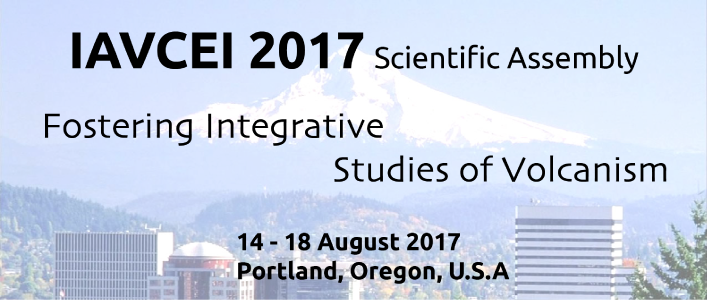SCIENTIFIC PROGRAM
VIII. Future thinking - what's on the horizon that could be a game-changer?
VIII.4 Visualization Tools And Image Processing In Volcanology
Conveners:
Jacopo Taddeucci; jacopo.taddeucci@ingv.it
James, Michael; m.james@lancaster.ac.uk
Carolyn Parcheta; Carolyn.E.Parcheta@jpl.nasa.gov
Tobias Mattsson; tobias.mattsson@geo.uu.se
Visual information is a primary component of all geosciences in general and volcanology in particular, from static field mapping and logging to dynamic experiments in laboratory. Key eruptive processes, both in explosive and effusive volcanism, involve mass flow and flow rates that are best documented by time-resolved imaging at different wavelengths. Technological advances in imaging techniques are now providing a plethora of new tools for volcanology, ranging from drone-based, robotics, or satellite-based cameras, through high-speed, thermal, and UV cameras, to new-generation tomographic visualization, just to name a few. However, extracting quantitative information from images has been traditionally a time-consuming process often open to some degree subjective interpretation. Of help, computer vision techniques are growing in parallel with imaging ones, and techniques such as PIV-PTV, optical flow, stereology, and structure-from-motion are gaining space in volcanology. In this multidisciplinary, methodological session we invite contributions dealing with these (and other) techniques in any field of volcanology, including, but not limited to, reconstructing eruption volumes and rates, coupling with DEMs and numerical models, virtual reconstruction of field and laboratory areas, determining flow conditions, phase recognition in thin section, volcano geomorphology and other field applications, with the ultimate goal of learning from each other the best, most advanced tools to parameterize and understand volcanic processes.


